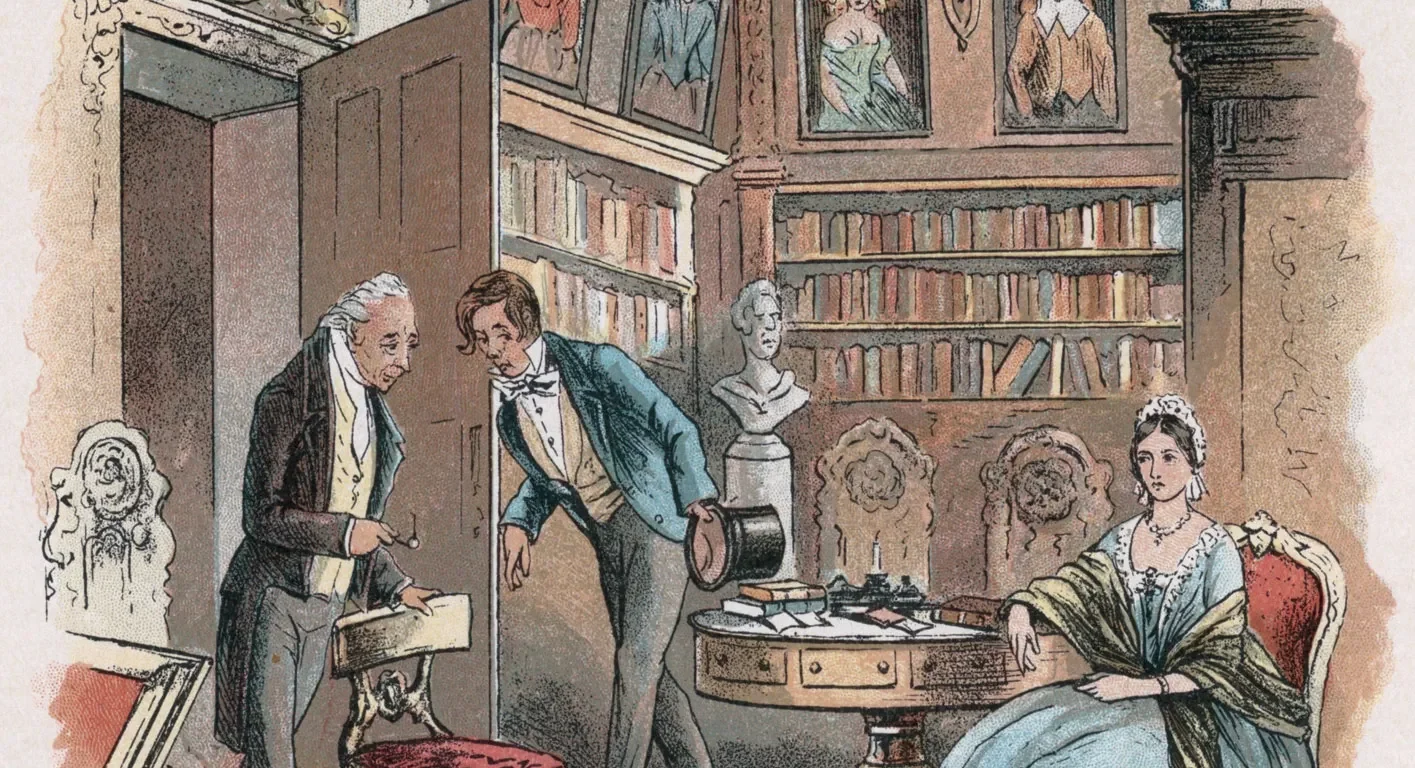The death of the principal that lies at the heart of estate litigation supports the view that party-driven litigation is particularly prone to delay, when as the Monty Python sketch observed: the Parrot is dead.
The transmission of property between generations particularly seems to offer the greatest opportunity for outlandish delays. The delays fictionalised in the case of Jarndyce v. Jarndyce chronicled in Bleak House concerned the contest between multiple wills—not that rare an event even now. It may have been based on the infamous Jennens v. Jennens case that began in 1798 and was abandoned in 1915.
Why then do these zombie-like disputes continue to dot court registries? In the 8th year of their dispute Ms. Flock’s death enabled Mr. Flock to claim the right of survivorship and unqualified title. By then Mr. McKen had lived in the house, married Ms. Flock and acted for years just like an owner. Had the first arbitration concluded on a timely basis this complication would not have arisen.
The law is particularly blind to the opportunity costs associated with delays in legal certainty. Properties tied up in litigation can be isolated from development and the contestants to title can become bound up with the outcome and put other potentially useful steps on hold. Economists value legal certainty because it is necessary to the proper functioning of a market. This very real social cost to legal uncertainty is largely ignored by the legal system.
In the Flock case the parties kept living in place in hope: Mr. McKen significantly renovated the property, spending $145,000 and contributed to virtually every other property-related expense with the exception of rent. Mr. Flock clung to his rights and added his right of survivorship to his legal quiver.
Based on sole survivorship, Mr. Flock argued that he was entitled to sole ownership of the property. The application judge rejected Mr. Flock’s argument that Ms. Flock’s death ended the right to sever joint tenancy. She noted that joint tenancy can be severed in one of three ways: “(1) the unilateral act of one joint tenant with respect to their interest; (2) the Mutual agreement of both joint tenants; or (3) any course of dealing which shows that the interests of all were mutually treated as constituting a tenancy in common.” She concluded that Mr. Flock’s argument against distributing the property ignored this third method of severing a joint tenancy.
She determined that the joint tenancy was severed by the parties’ course of dealings and directed that the property be valued and that the Estate pay Mr. Flock 50% of the value of the property.
It would seem that rough justice was meted out eventually—the house proceeds were split evenly and Mr. Mcken did not have to pay rent in light of his contributions to the property. From an economic point of view the right of survivorship operates to make transmission of many residential properties a matter of filing a death certificate. On the other hand, the pace here seems to have been set by the parties and their advisers with no governor in the house. The supply of estate litigation of Darwinian longevity seems destined to continue until someone takes charge.
